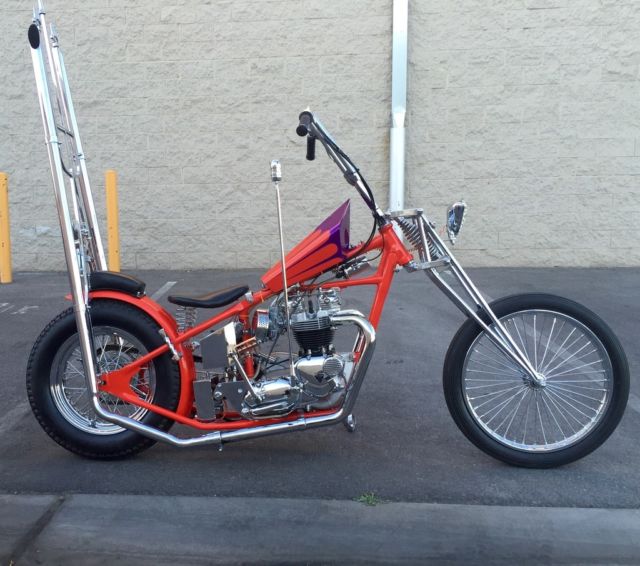
The Tiger 100's sporting pretensions were later further proven through Freddie Clarke's 1939 lap record at Brooklands of 118.02 miles per hour (189.93 km/h) on a bored-out 503 cc Tiger 100. Using a Tiger 100 and a Speed Twin straight from dealers showrooms, endurance was tested with a run of over 1,800 miles (2,900 km) from John o' Groats to Land's End in Cornwall then to the Brooklands circuit for six hours of continuous high-speed laps, where riders Ivan Wicksteed and David Whitworth averaged 78.5 miles per hour (126.3 km/h) with a final lap of 88.5 miles per hour (142.4 km/h), winning Triumph the Maudes Trophy. In March 1939, Triumph came up with an unorthodox launch of the new Tiger 100. The motorcycle was painted silver with black pin-striping. Early production bikes came with rigid frames and girder front ends. Finished in silver and costing £5 more, new features included a larger fuel tank and detachable silencers. The Tiger 100 featured a single Amal carburetor, possible thanks to the 360-degree firing interval of the two cylinders. The cylinders were forged in a single casting and held in place by eight studs, instead of the Speed Twin's six. Technical changes over the Speed Twin included forged alloy pistons, a very early use of the technology. The lighter and more powerful Tiger 100 was developed as a sports enthusiasts' machine, and as with previous models the "100" referred to its claimed maximum speed in miles per hour (mph).


With the sales success of the Triumph Speed Twin, Edward Turner, Triumph's motorcycle designer, looked further into developing the potential of the new parallel twin motor.


 0 kommentar(er)
0 kommentar(er)
